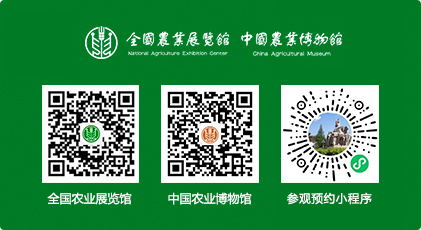
The 24 Solar Terms embodies the traditional knowledge and the social practices through which Chinese organize their perception of the regularity of seasons, of astronomical laws and of other local natural phenomena occurring in the course of the year. It is an indispensable component of the traditional Chinese calendrics and its living applications, serving as a time-frame for agricultural activities and daily life. In International circle of meteorology, this cognitive system has been honoured as the Fifth Great Invention of China.
Transmitted through generations, the element has profoundly influenced Chinese people’s way of thinking and code of conduct. Upon a specific solar term, people spontaneously arrange farming and daily routine as well as basic necessities of life. Thus this knowledge continuum of time is sustained through a variety of ritual practices and folk activities. Thereby the Twenty-four Solar Terms is an important carrier of Chinese cultural identity.
On the afternoon of November 30, 2016, by an official resolution of the UNESCO, “China—The Twenty-Four Solar Terms, knowledge of time and practices developed in China through observation of the sun’s annual motion” was proclaimed a Masterpiece of the Oral and Intangible Heritage of Humanity.
In their long-term agricultural production practices, the ancient Chinese had been observing the Sun’s changes on the ecliptic (the Sun’s visual annual path among the stars, with the earth as the center), and summarizing the rules of changes and features of certain regions (typically, the central and lower reaches of Huanghe River) of the country in terms of the astronomy, seasons, climate, phenology and farming activities within a tropical year. The 24 Solar Terms have been serving as a calendar system in guiding agricultural production and everyday life.
Ancient Chinese divided the circle of the annual motion of the sun into 24 equal segments; each segment was called a “jie qi” or solar term. Hence the 24 segments are collectively called the Twenty-four Solar Terms.
The solar terms are: Beginning of Spring, Rain Water, Insects Awakening, Spring Equinox, Fresh Green, Grain Rain, Beginning of Summer, Lesser Fullness, Grain in Ear, Summer Solstice, Lesser Heat, Greater Heat, Beginning of Autumn, End of Heat, White Dew, Autumnal Equinox, Cold Dew, First Frost, Beginning of Winter, Light Snow, Heavy Snow, Winter Solstice, Lesser Cold, and Greater Cold.
The following reflect the changes of the seasons: Beginning of Spring, Spring Equinox, Beginning of Summer, Summer Solstice, Beginning of Autumn, Autumn Equinox, Beginning of Winter, and Winter Solstice.
The following indicate changes in temperatures: Lesser Heat, Greater Heat, End of Heat, Lesser Cold and Greater Cold.
These reflect weather phenomena: Rain Water, Grain Rain, White Dew, Cold Dew, First Frost, Light Snow, and Heavy Snow.
The following indicate phenological phenomena: Insects Awaken, Freshgreen, Lesser Fullness and Grain in Ear.
Each solar term is further divided into three pentads, each pentad composed of five days. There are altogether 72 pentads in a year. These display the general conditions of climatic changes throughout the year in the Yellow River basin.



 Index
Index 